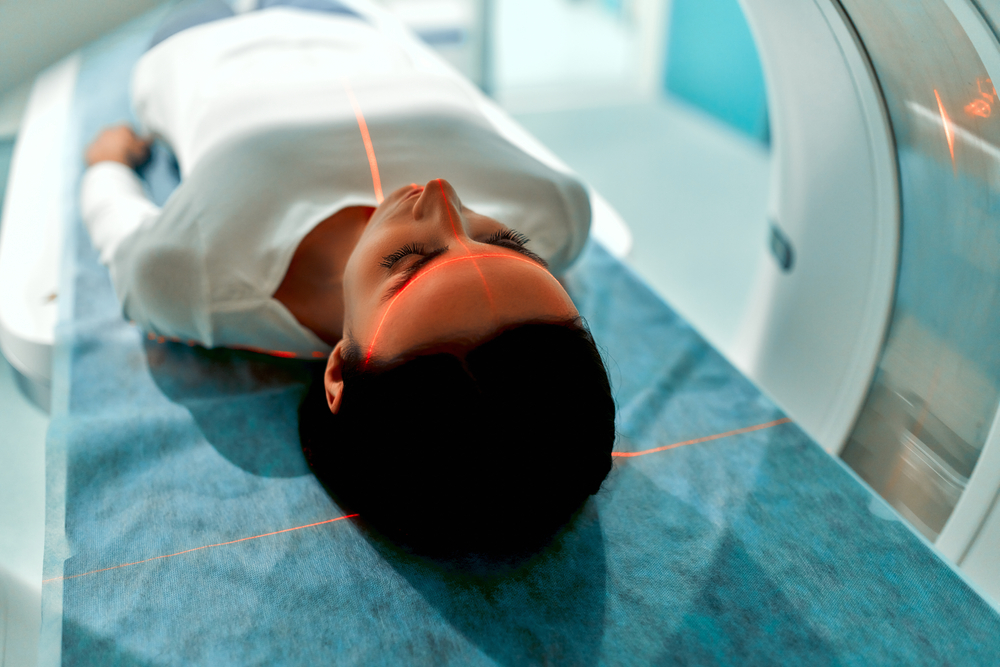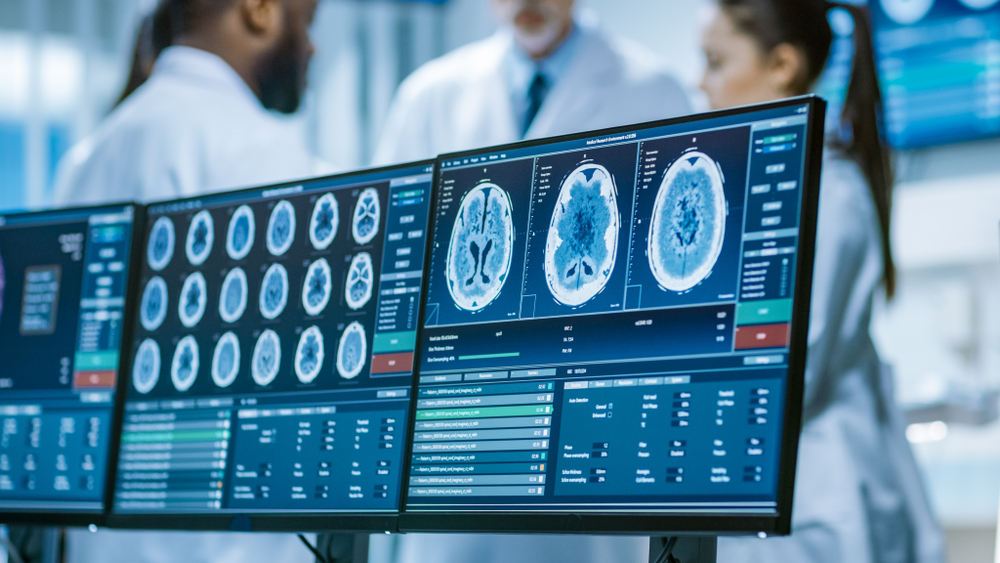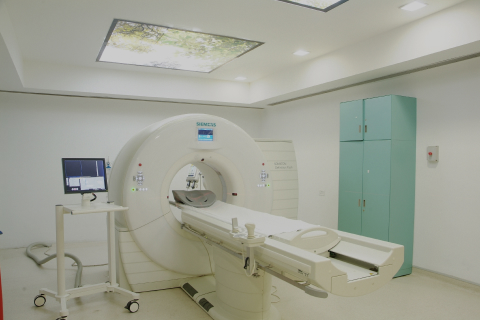Medanta offers latest state-of-the-art diagnosis, by using 256 Slice CT, one of the latest technological advancements in the field of medical diagnosis. This is an innovative non-invasive imaging tech.....
Medanta offers latest state-of-the-art diagnosis, by using 256 Slice CT, one of the latest technological advancements in the field of medical diagnosis. This is an innovative non-invasive imaging technique that is specifically used for all kinds of heart diseases and disorders, to obtain a complete 3-Dimensional visual representation of the heart and other organs, in less than 5 seconds. This technology comes in especially handy for those who face difficulty in holding their breath and can be used to obtain cross-sectional images of internal organs horizontally and vertically, from multiple angles and dimensions. The data acquisition and processing in this machine is four times faster than conventional machines, enabling us to give you the best possible diagnosis in the shortest possible scanning time.

Preparation for CT scan
- When you come for your CT scan you are requested to bring your doctor’s prescription and any previous scans (CT, MRI, USG, X-ray, PET-CT). This will help our radiologist plan and generate an appropriate report for the patient
- Patients should carry blood urea & creatinine blood test reports if they are likely to undergo contrast scans (lab results taken within 30 days are acceptable). Alternatively Medanta lab can deliver the results in 4 hours.
- Fasting may be required prior to your scan. Depending on the type of scan you may be required to fast for 4 hours before the scan or overnight
- Diabetic patients should consult a doctor prior to their fasting. Insulin-dependent patients should consult the specialists regarding the insulin dose prior to the scan
- Some scans require you to report up to 2 hours prior to the scan time. Please check the reporting time when you book your appointment
- How you prepare for a CT scan depends on which part of your body is being scanned. You may be asked to take off some or all of your clothing and wear a hospital gown and remove any metal objects, such as a belt or jewellery, which might interfere with image results

During the CT Scan
- Usually, a CT scans takes between 30 minutes to an hour, depending on the exam ordered by your physician. In some cases, you may be required to take an oral contrast agent or have contrast/dye administered by vein or via injection to view your blood vessels closely. (If required our CT coordinator will explain this procedure to you)
- In the CT room, the technologist will assist you onto the examination table. Once you are comfortable, the table will slide into the CT scanner. During the exam, the technologist will have you in full view and will be able to answer any questions you might have. Periodically, you will be asked to hold your breath for short periods of time, this will help generate clearer images.

Reports and results
- CT images are stored as electronic data files and usually reviewed on a computer screen. A radiologist interprets these images to prepare the results and sends a report to your doctor in a form of a film or a CD (can be taken with the reports at the time of report collection).
- You can expect your results within 24 hours of your examination. As soon as your reports are ready an SMS will be sent on the mobile number registered with Medanta. You can collect your reports from the Medanta’s report collecting desk. Also, you have an option to receive your reports online (contact the present medical staff to get yourself registered with us).
Medanta’s 256 multi‐slice ‘definition flash’ CT scanner is the first scanner of its kind in India. It offers considerable advantages to our patients including:
-
Reduced scan time by scanning at flash speed and allowing for image capturing without worrying about holding breath or movement or heart rate Low dose radiation exposure because of dual source technology and stellar detectors. This allows diagnostic tests like CT angiography to be done with radiation dose equivalent to only 3 chest x rays More accurate diagnosis because of better quality of images and dual source, dual energy scans producing 2 data sets for every scan Complete elimination of superimposition of images of structures outside the area of examination High-contrast resolution allowing doctors to easily identify differences between tissues that differ in physical density

-
The benefits of having a CT scan to help diagnose a medical condition, or to check the symptoms of an existing condition, usually outweigh the risks, however, some of the potential risks are: Exposure to radiation During a CT scan, you're briefly exposed to more radiation than you would be during a plain X-ray. However, Medanta’s 256 multi‐slice scanner techniques expose you to the least possible radiations. Harm to unborn babies (pregnant ladies) Make sure you inform your doctor if you're pregnant so that he is able to recommend a different examination such as ultrasound or magnetic resonance imaging (MRI), to avoid the risk of exposing your fetus to the radiation. Reactions to contrast material In certain cases, your doctor may recommend a special dye called a contrast material inserted through a vein in your arm before your CT scan. Although rare, the contrast material can cause medical problems or allergic reactions. Most reactions are mild and result in a rash or itchiness. If you experience any non-subsiding allergic reaction inform your doctor immediately.


•The 256 slice CT scan produces significantly better quality images resulting in better patient care through better diagnosis
•Dual Source technology is the key to accelerating CT imaging. The combination of two sources, a high table feed, ultra-fast data transmission, and a gantry that can perform a full rotation in 0.28 seconds makes the 256 slice CT at Medanta truly unrivalled when it comes to scanning speed.
•It allows Medanta radiologists to scan patients with arrhythmia, or irregular heartbeats because the 256-CT can acquire a full image in the time it takes for just one beat, whereas the 64-CT takes longer, as much as six or eight heartbeats which can lead to distortions in the composite scanned image
•The innovative technology in this advanced machinery allows the experts at Medanta to view your heart and other organs from any angle because it sends multiple narrow beams through the human body.
•The device also keeps rotating, to obtain data from different viewpoints.
•The embedded detector can pick up varying densities of the organs and sends this data to a computer.
•This computer processes several images to produce a slice of your organ being diagnosed.
•The repetition of the process can be done to obtain many cross-sectional images for diagnosis of pinch points.

